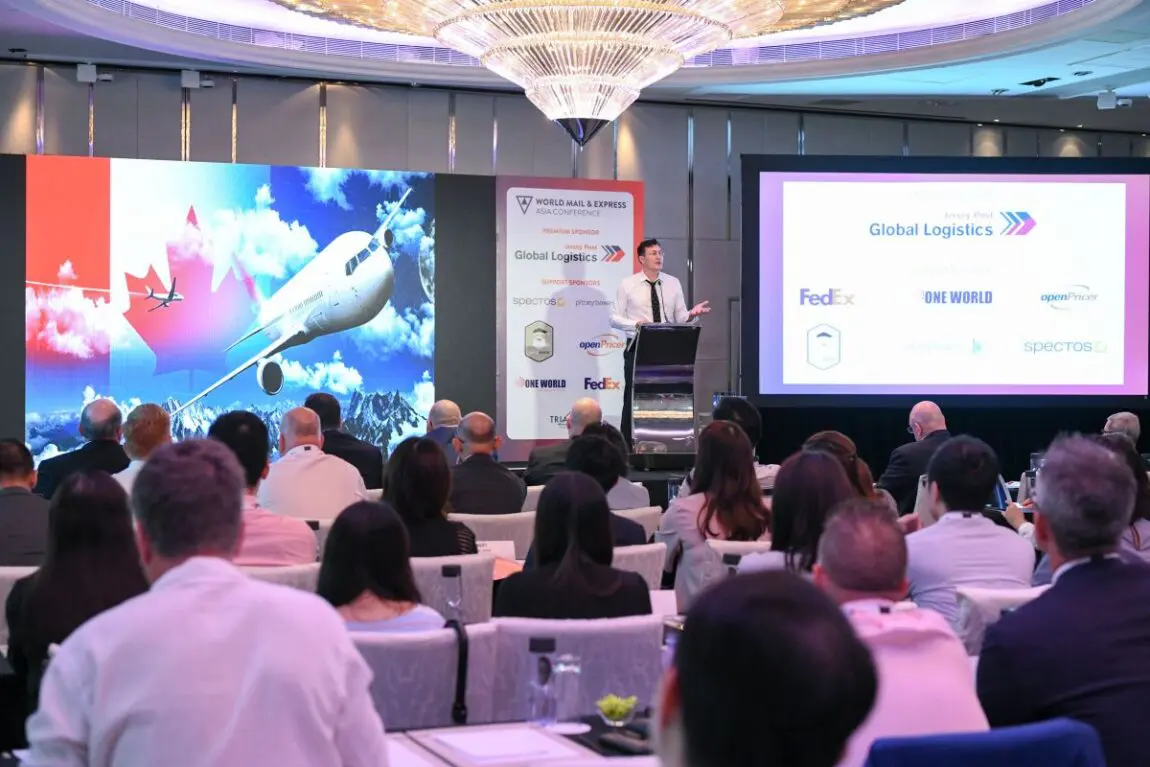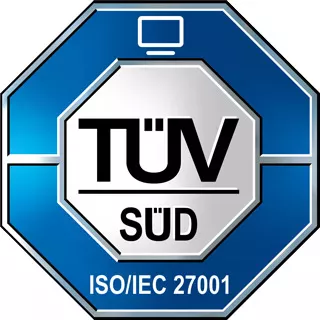Spectos presentation dedicated to the value of tracking cross-border shipments
While the growing trade in cross-border e-commerce presents excellent expansion opportunities for retailers, it also requires new ideas, technologies and investments in infrastructure to meet the high demands of online shoppers in terms of parcel delivery and service quality. South-East Asia promises an unprecedented rise in cross-border e-commerce due to an extremely great liking in online shopping. Under the motto of ‘The Road to Global Delivery’ a major part of WMX Asia was devoted to the Challenges of delivering cross-border. Spectos CEO Niels Delater, who as a keynote speaker gave a presentation on The value of tracking cross-border shipments, shared in an interview his key findings from WMX Asia 2018.

Which topics were most present and discussed at this year’s WMX Asia in Hong Kong?
N.D.: The globalization of e-commerce comes with several very interesting new topics, e.g. how to manage cross-border shipments, how to handle customs and value added taxes, down to very operational topics like how to better steer the last mile to reduce delivery costs and connect delivery networks across the globe.
What is happening in the e-commerce sector in Asia that may influence the European market?
N.D.: There are a lot of new concepts coming up in Asia. Two topics I found particularly interesting. For example, Parcel Santa from Singapore has specialized in offering a carrier independent last mile parcel box. There is also Ninja Van, a new type of logistics company, offering a full service to the e-commerce industry and delivering all over South East Asia. Those specialized logistics concepts grow next to existing delivery networks by national postal operators and others and will change the logistics landscape tremendously. We should watch these developments carefully in Europe, too.
Which criteria seem most important to consumers with regards to parcel delivery and customer service?
N.D.: Certainly reliability, trust and price are the most important factors in the e-commerce business. Nowadays, consumers don’t really care where a package comes from, if it is delivered within the promised time at reasonable costs. Accessibility of customer service, e.g. an easy return concept, builds trust and makes consumers order more.
Have you noticed any particular measures by postal service provides to increase service quality?
N.D.: New logistics companies often offer fast and modern services to larger urban areas, while the traditional postal operators usually deliver to every address, even in remote rural areas. Service quality is perceived different in both methods, however, there is still a lack of transparency and visibility to consumers on the service quality they can expect.
Thank you for the interview, Niels.
Interested in technologies and solutions by Spectos for tracking logistics processes and measuring service quality?
If you would like to receive more information on solutions by Spectos for postal and logistics to track cross-border e-commerce shipments or want to request Niels’ presentation from WMX Asia, please contact us through our website or via email.







